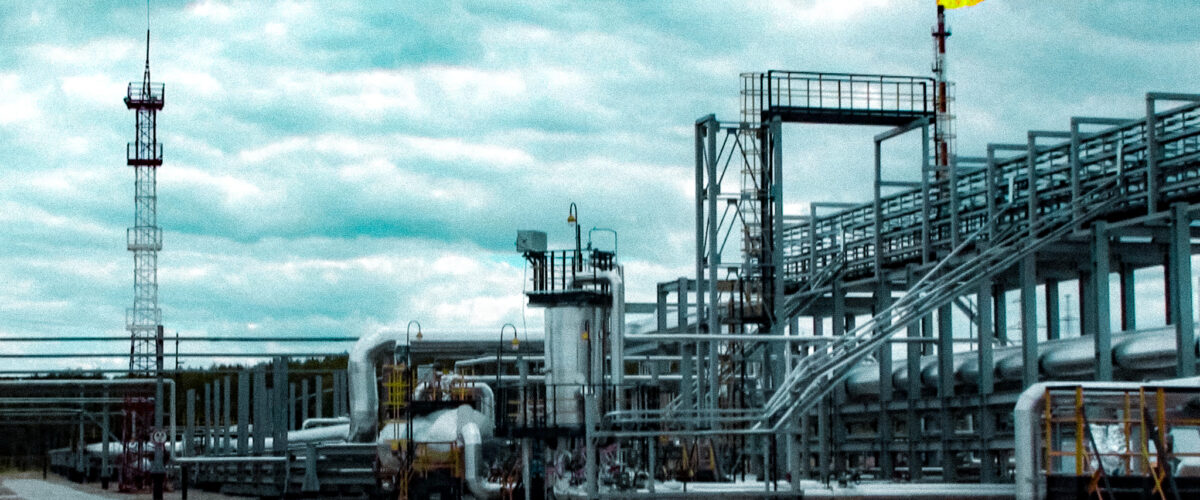When Should You Retrofit Your Gas Detection System?
If your facility relies on an older gas detection system, there may come a point where repairs and calibration just aren’t enough. Retrofitting means upgrading key components like sensors and control panels while reusing the existing wiring and infrastructure. It’s a practical way to improve performance, reduce costs, and stay in compliance with current safety standards, without needing to replace the entire system.
What Does It Mean to Retrofit a Gas Detection System?
Retrofitting a gas detection system means keeping what still works and upgrading what doesn’t. Typically, this involves installing a new control panel, swapping out sensors, and making sure the system communicates reliably with your building automation system or safety interface. The wiring and conduit already in place are reused whenever possible, which helps cut down on labor and cost. At Hawk, retrofitting often gives our clients the benefits of a modern gas detection system without needing to tear everything out and start over.
Signs Your Current System Is Outdated or No Longer Compliant
A retrofit starts to make sense when your gas detection system becomes unreliable or costly to maintain. Some of the most common warning signs include:
- Sensors that no longer calibrate reliably or fail more often
- False alarms or failure to detect known gas threats
- No way to integrate with your building automation or remote alert systems
- Replacement parts that are obsolete or no longer supported by the manufacturer
- Systems that weren’t designed or installed properly from the beginning
Older systems also may not meet current gas detector compliance requirements. If your safety team can’t access real-time data or troubleshoot alerts easily, that’s another reason to explore gas detection retrofit solutions.
Differences Between Retrofit and Replacement
A retrofit keeps the bones of your existing system but updates the brain and senses. You retain much of the original wiring and layout, while upgrading the parts that matter most like the control panel and sensors.
A full replacement, on the other hand, requires removing and reinstalling nearly everything. This takes more time, costs more, and often results in longer shutdowns. We recommend replacement only when a system is too outdated or fundamentally flawed to support safe operations.
Newer Gas Detection System Technologies and Features
Retrofitting gas detection systems with these technologies improves safety, speeds up response times, and gives operators more confidence in their equipment.
Modern gas detection systems come with features that were unavailable even a few years ago. When retrofitting, here are some of the upgrades clients often choose:
- Color touchscreen panels that simplify operation and display real-time gas levels.
- Variety of gas sensors that can monitor multiple hazards with a single device.
- Remote alert capabilities, including integration with building automation systems.
- Predictive maintenance alerts and built-in data logging.
- Wi-Fi or cloud connectivity for centralized dashboards and offsite visibility.
Key Considerations and Solutions
Choose a gas detection system retrofit that supports a wide range of sensors and allows you to detect toxic gases, combustibles, and oxygen levels reliably. Look for a system designed to enhance safety, improve compliance, and provide real-time data through user-friendly control panels or smart devices.
When comparing retrofit to full replacement, keep the following in mind:
- Cost: Retrofitting is almost always more affordable than a full system replacement, especially when conduit and wiring can be reused.
- Timeline: Small retrofits can be completed in one day. Larger systems typically take a week. Full plant-wide retrofits may require phased work over 1–3 months.
- Disruption: Retrofit projects are less invasive. They’re planned around your facility’s schedule and often avoid the need to shut everything down. If we can maintain the existing wiring and conduit that often means we will not need extensive time on lifts or areas cleared of employees.
FAQs
Which industries most often need retrofits?
We see the most retrofit requests from parking garages, chiller rooms, and laboratory environments. These facilities often have legacy systems that can’t keep up with modern safety expectations or reporting needs.
Can I retrofit part of my system, or do I need to upgrade everything at once?
Partial retrofits are possible in some situations. However, many older systems don’t mix well with modern devices or brands. In multi-system buildings, it’s common to replace one zone at a time without affecting others.
Is retrofitting worth it for small facilities?
Yes. Even small facilities benefit from improved detection, fewer false alarms, and better data access. The reduced service costs alone can justify the upgrade over time.
Can retrofitting help with data logging and reporting?
Absolutely. Newer systems support built-in event logs, calibration records, and maintenance tracking. These features are especially valuable during inspections or safety audits.
Can I retrofit my system to add wireless or remote monitoring?
Yes, though not every client chooses to. We can integrate dashboards, Wi-Fi alerts, and cloud-based logging. Some customers opt out due to IT concerns, but the capability is there.
Why Now Is the Right Time to Retrofit Your Gas Detection System
If your current system is unreliable, difficult to maintain, or out of sync with modern safety requirements, a retrofit can solve the problem without the hassle of full replacement. It’s a smart investment that protects your people, equipment, and operations.
Contact Hawk Equipment to learn more about gas detection retrofit solutions and how we can help bring your facility up to standard.

